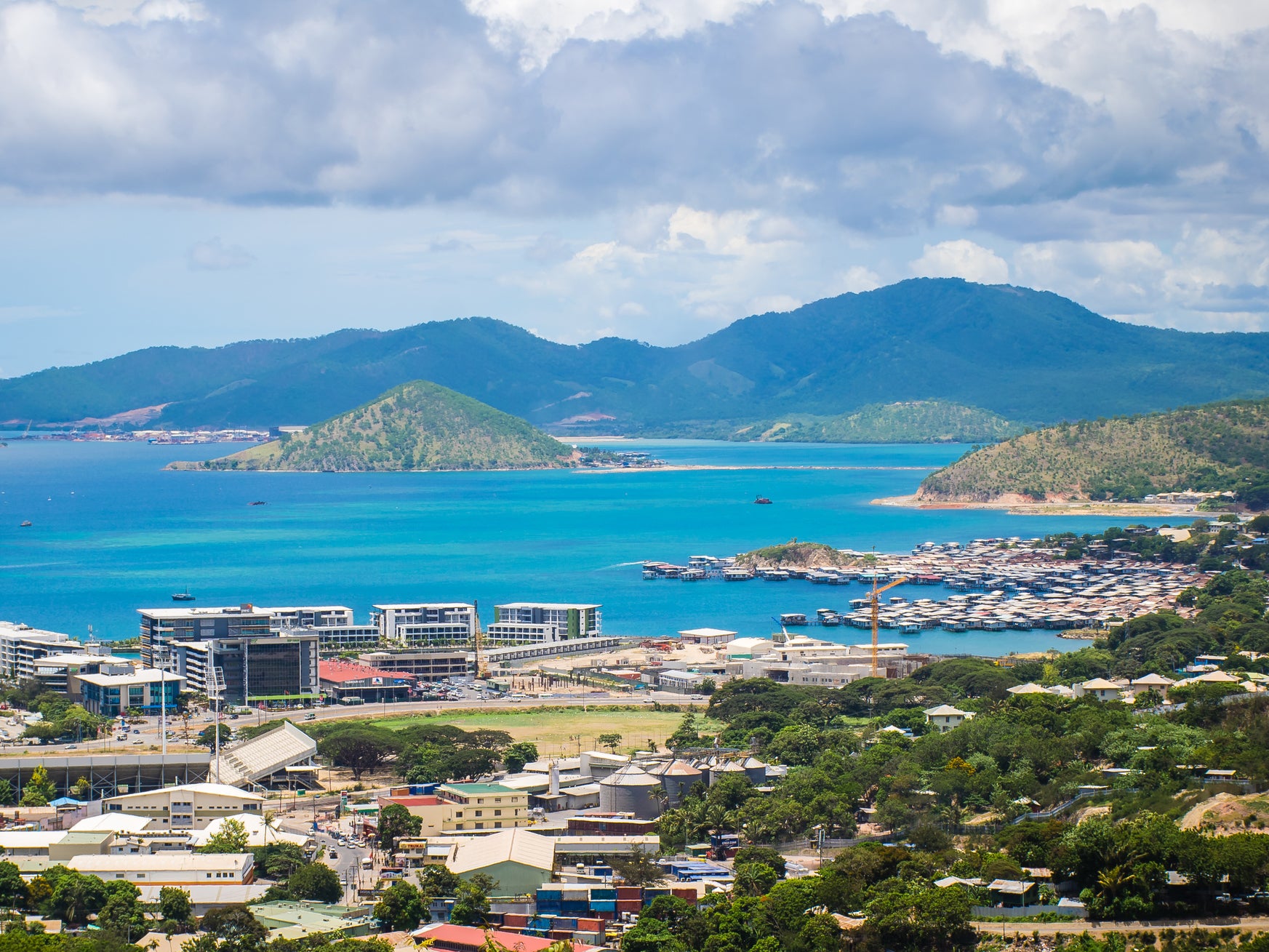Papau New Guinea earthquake: 7.0 magnitude tremor strikes close to Morobe Patrol Post
No immediate reports of casualties or major damage

Your support helps us to tell the story
From reproductive rights to climate change to Big Tech, The Independent is on the ground when the story is developing. Whether it's investigating the financials of Elon Musk's pro-Trump PAC or producing our latest documentary, 'The A Word', which shines a light on the American women fighting for reproductive rights, we know how important it is to parse out the facts from the messaging.
At such a critical moment in US history, we need reporters on the ground. Your donation allows us to keep sending journalists to speak to both sides of the story.
The Independent is trusted by Americans across the entire political spectrum. And unlike many other quality news outlets, we choose not to lock Americans out of our reporting and analysis with paywalls. We believe quality journalism should be available to everyone, paid for by those who can afford it.
Your support makes all the difference.A strong 7.0 magnitude earthquake struck a remote part of Papua New Guinea on Friday, but there were no immediate reports of casualties or major damage.
The epicentre of the 79.8km deep quake was close to Morobe Patrol Post and shaking was felt in the capital Port Moresby.
Locals said they felt the tremor, but that it was not severe and images uploaded to social media show a wharf cracked in two.
The depth of the earthquake might explain the low surface damage because shallower quakes typically cause more harm, according to the US Geological Survey.
“But large intermediate-depth earthquakes may be felt at great distances from their epicentres,” the US government agency added.
A tsunami warning was initially issued for coastal regions, but the danger has since passed.
Charley Masange, the Morobe Provincial Disaster Office director, said he did not expect to receive reports of damage until Saturday.
“The epicentre is in the mountains,” he said. “Not many people live there and it’s very remote so it takes a long time to get information. I’m not expecting major damage.”
Papua New Guinea experiences a high rate of earthquakes and volcanic eruptions, with 64 quakes of a magnitude of 6.0 or larger – eight of which were 7.0 or larger – hitting within 250km of Friday’s event in the past 50 years. The island nation lies along the “Ring of Fire”, a major area in the basin of the Pacific Ocean where most of the world’s seismic activity occurs.
Additional reporting by Associated Press
Join our commenting forum
Join thought-provoking conversations, follow other Independent readers and see their replies
Comments